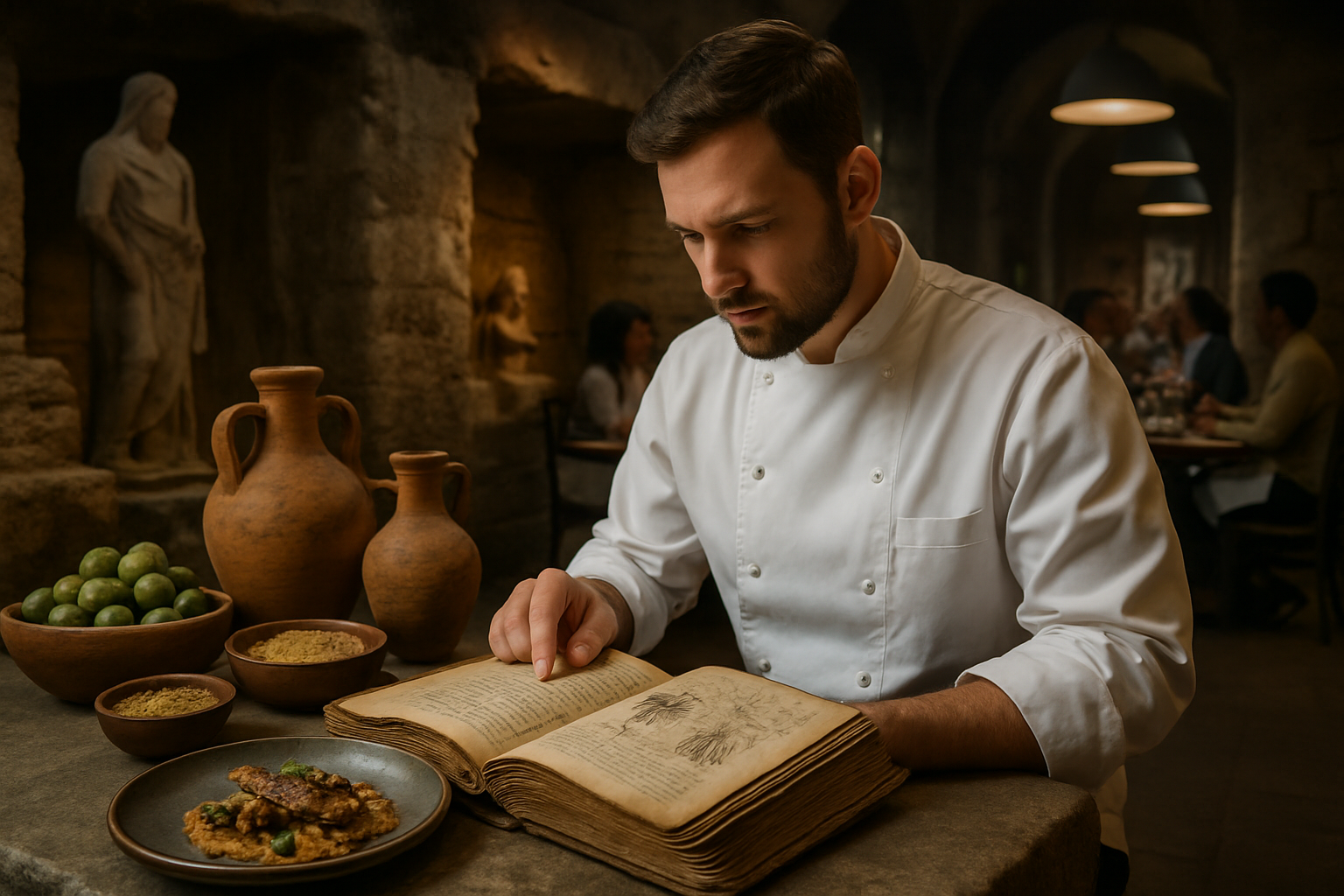Mastering Flavor: What to Expect from a Cooking Class
A cooking class can transform how you approach food, whether you’re a beginner chopping an onion for the first time or an experienced home cook wanting to sharpen technique. Classes offer hands-on practice, guided instruction, and structured recipes that build confidence in the kitchen while expanding your palate and practical skills.

What will you learn in a cooking class?
A typical cooking class covers foundational techniques—knife skills, basic sauces, proper seasoning, and timing. Instructors break tasks into manageable steps so you can replicate results at home. Beyond recipes, you’ll learn how to read ingredient labels, adjust flavors, and pair components for balanced dishes. Many classes also teach menu planning and plating, helping students understand how individual recipes fit into a cohesive meal rather than isolated dishes.
How does a class improve your food skills?
Classes accelerate learning by combining demonstration with repetition. Watching a chef explain why a method works and then practicing it yourself strengthens muscle memory and food intuition. Immediate feedback corrects habits—like overcooking or under-seasoning—before they become routine. Group settings also expose you to different approaches and cultural variations in food, broadening your culinary vocabulary and inspiring creativity in home-cooked meals.
What kitchen techniques are commonly taught?
Expect core kitchen techniques that pay dividends across many recipes: knife handling and cuts, sautéing, roasting, braising, emulsions (like vinaigrettes), and dough work for bread or pasta. Classes often cover food safety basics—proper storage, temperature control, and sanitation—to reduce risk and waste. Equipment lessons, from using a mandoline to mastering a skillet, make your kitchen time more efficient and safer, enabling you to tackle more ambitious dishes with confidence.
Can a class teach you to think like a chef?
Yes—many classes emphasize mindset as much as skill. Thinking like a chef means understanding flavor building, how to balance acid, fat, salt, and heat, and how to troubleshoot when a dish isn’t turning out as expected. Instruction often includes mise en place (organizing ingredients ahead of time), pacing for multiple components, and how to scale recipes. While professional culinary education is deeper, recreational classes still instill professional habits that improve speed, consistency, and creativity.
What is the value of a culinary education for home cooks?
A culinary-focused class gives structure that self-teaching can lack: curated progression, professional insight, and peer feedback. Beyond immediate skill gains, classes increase food literacy—knowing why certain ingredients behave differently, or how cultures influence technique. For many, the greatest value is confidence: experimenting with new cuisines, adapting recipes, and entertaining with composed menus. Classes can also be social experiences that build community around shared food interests and inspire continued learning.
Conclusion
Cooking classes offer clear, measurable benefits: technical skill, improved palate, and better kitchen confidence. Whether you attend a short workshop on knife skills, a series on regional cuisines, or a themed hands-on session, the core outcomes are similar—more efficient time in the kitchen, stronger understanding of ingredients, and the ability to produce consistently satisfying meals. For learners who enjoy structure and expert feedback, a cooking class is a practical investment in lifelong culinary capability.






